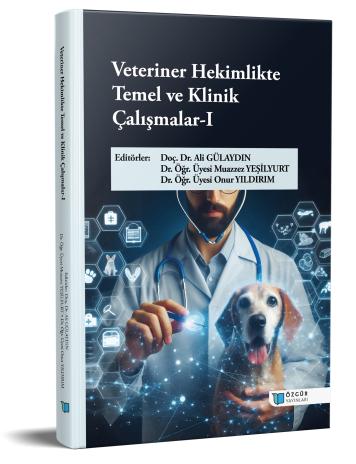
Oxidative and Nitrosative Challenges in Male and Female Gametes
Chapter from the book:
Günaydın,
A.
&
Yeşilyurt,
M.
&
Yıldırım,
O.
(eds.)
2025.
Basic and Clinical Studies in Veterinary Medicine-I.
Synopsis
Reactive nitrogen species (RNS), primarily nitric oxide (NO), play a dual role in reproductive physiology, acting as essential signaling molecules at physiological levels while exerting cytotoxic effects when dysregulated. In males, NO modulates critical processes such as capacitation, acrosomal reaction, and sperm motility via cGMP-mediated pathways, and supports spermatogenesis through regulation of the blood-testis barrier and steroidogenesis. However, elevated NO levels lead to the formation of peroxynitrite (ONOO⁻), a potent oxidant that induces lipid peroxidation, DNA fragmentation, protein nitration, and apoptosis in spermatozoa—hallmarks of oxidative stress-related infertility. In females, NO contributes to folliculogenesis, ovulation, and oocyte maturation by regulating angiogenesis, cumulus expansion, and meiotic competence through redox-sensitive transcription factors and EGF-like signaling. Nonetheless, excessive RNS disrupts mitochondrial function and DNA repair in oocytes, accelerating cellular aging and compromising developmental competence. Clinical and experimental data underscore the correlation between elevated peroxynitrite levels and impaired sperm parameters, increased DNA fragmentation, and diminished antioxidant capacity in infertile men. These findings position RNS as both physiological regulators and pathological disruptors of fertility, suggesting that redox homeostasis is critical for reproductive success. Targeted antioxidant strategies aimed at neutralizing excess RNS may offer novel therapeutic avenues for managing infertility. Understanding the precise molecular mechanisms of nitrosative stress in gametogenesis can inform both diagnostics and interventions in reproductive medicine.

